Today, the most significant developments comes from Ukraine.
Here, the rise of drones has completely rewritten the rules of trench combat. What were once defensive strongholds that could be held for months have turned into deadly traps, as unmanned aerial vehicles now hunt soldiers from above.
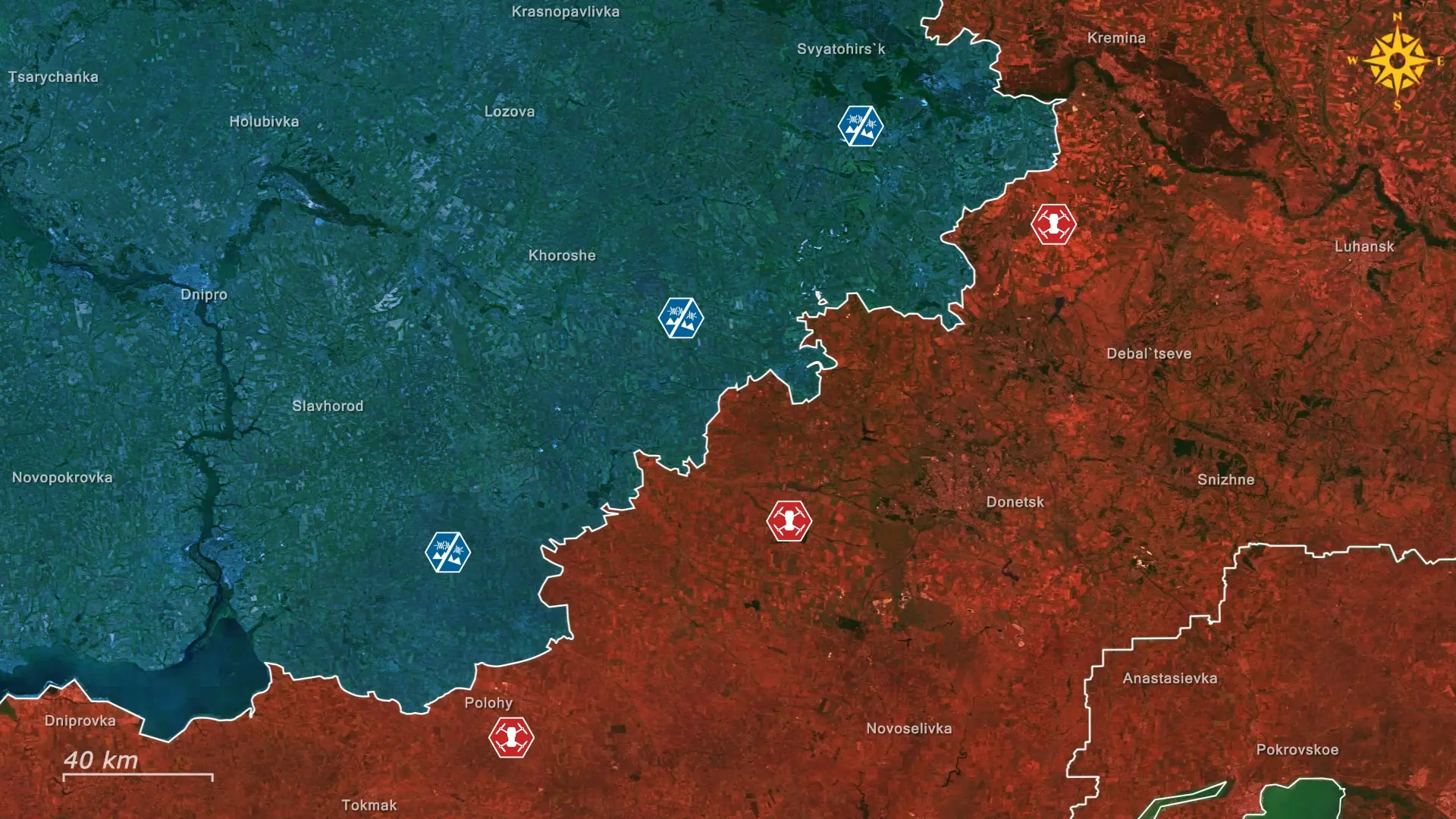
The footage from the Donetsk region shows what would once have been considered an average trench line in Ukraine. It is cut deep into the soil, fitted with firing holes and dugouts enough for small teams of soldiers. Within just three weeks of the footage being recorded, enemy saboteurs reached the area, and the defenders were driven out in less than a day. Small FPV drones flew directly into the entrances of dugouts, detonating explosive charges onto those hiding inside, while other drone operators followed the wounded as they tried to escape, releasing grenades from above. By the next evening, larger drones arrived and obliterated the position to a series of broken pits and debris with only a few lifeless bodies left.


This event reflects the broader reality that analysts and soldiers now describe from the front. Reports published by ARA cite Ukrainian and Russian sources estimating that up to eighty percent of battlefield casualties are caused by unmanned aerial vehicles. CEPA analysts explain that these drones are not isolated weapons but part of a constant kill chain that connects reconnaissance, targeting, and artillery fire, allowing trenches to be destroyed within minutes.

At the beginning of the full-scale invasion in 2022, Ukrainian and Russian troops dug trenches that resembled those from the First and Second World Wars. They were straight-lined and heavily fortified, with sandbags, timber, and dugouts built two meters underground. Many extended for hundreds of meters and were connected by communication routes to supply depots behind the front.

These networks were highly effective against artillery and small-arms fire, soldiers could remain in one position for months, rotating through shifts of rest, guard, and repair. A well-maintained trench could survive thousands of shells so long as its exact coordinates stayed hidden. This model, however, could not withstand modern surveillance, once drones began to circle constantly above the front, every fire position, supply route, and dugout entrance became visible. A thermal drone at low altitude could see the warmth of a human body hundreds of meters away. Satellite imagery, updated several times a day, exposed entire trench networks to commanders far from the front. As a result, what had once been the strongest defense became an easy target for guided munitions and aerial strikes.
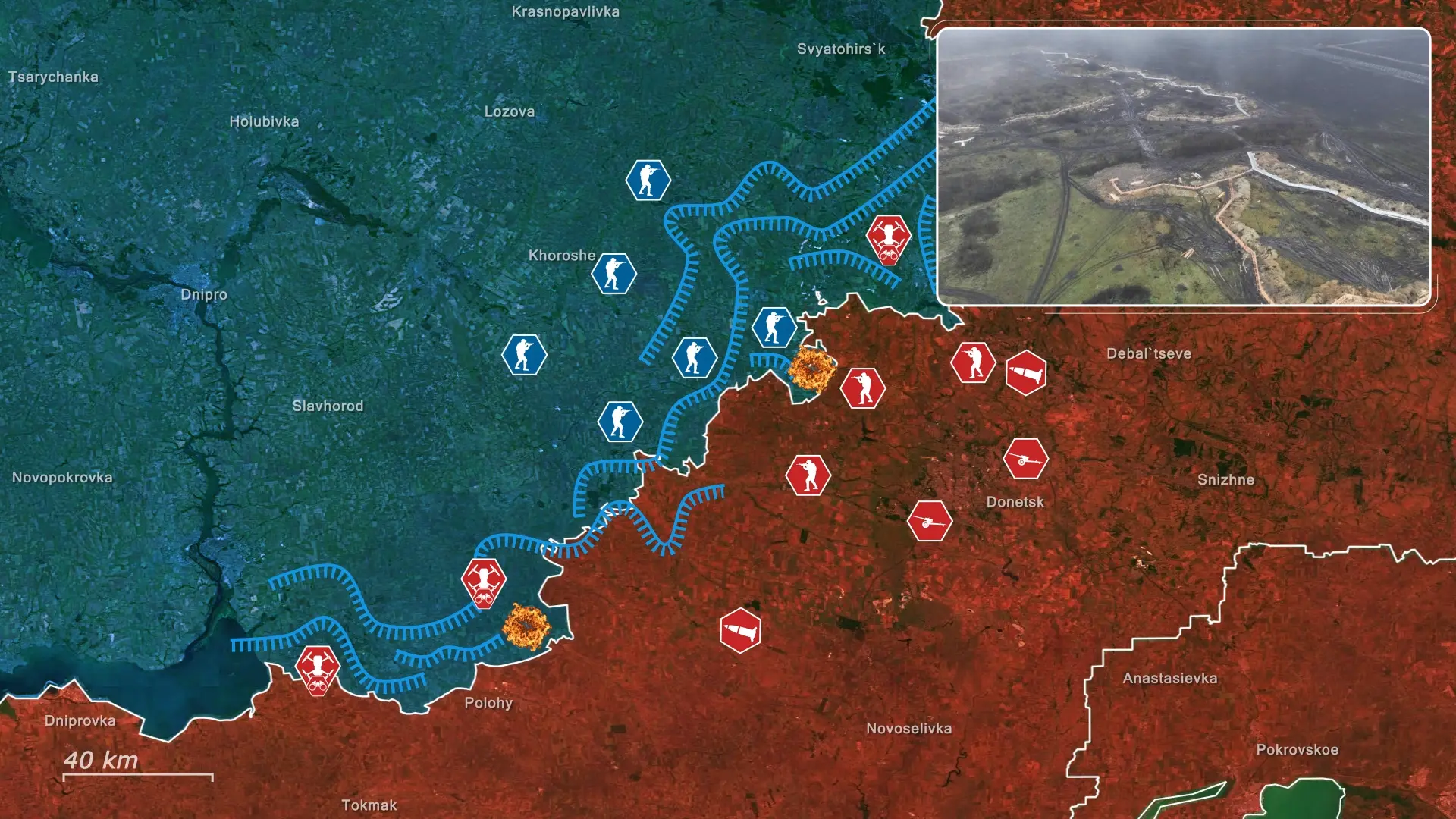
Trenches in Ukraine have not disappeared but have changed in design and purpose. Soldiers now dig shorter, curved, and irregular sections instead of long straight lines, making them harder for drones to detect and easier to abandon once targeted. They add angled dugout entrances, deeper shelters, and reinforced overhead covers made from layers of wood, metal, and sandbags to stop drones from flying in or dropping explosives inside.
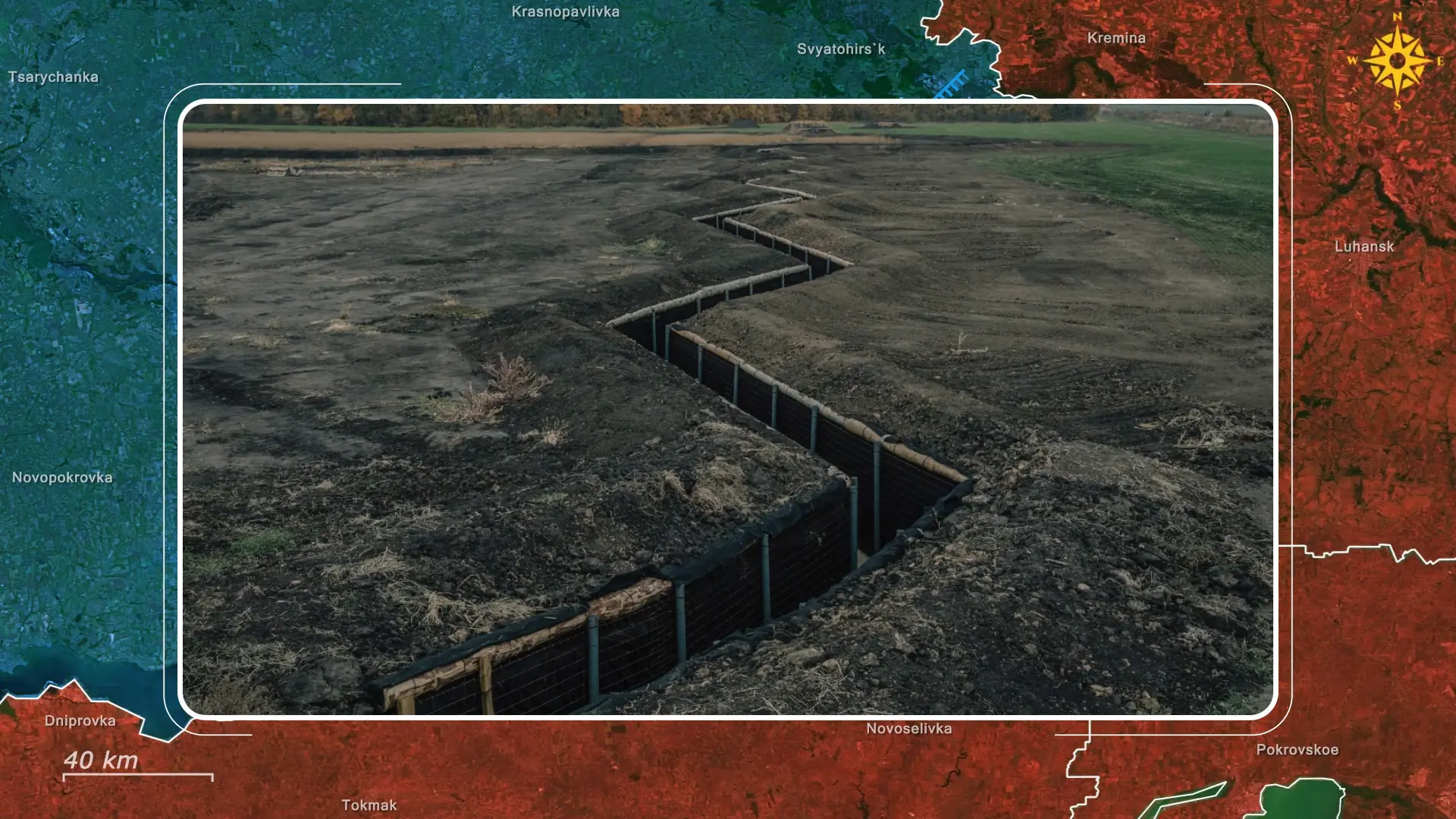
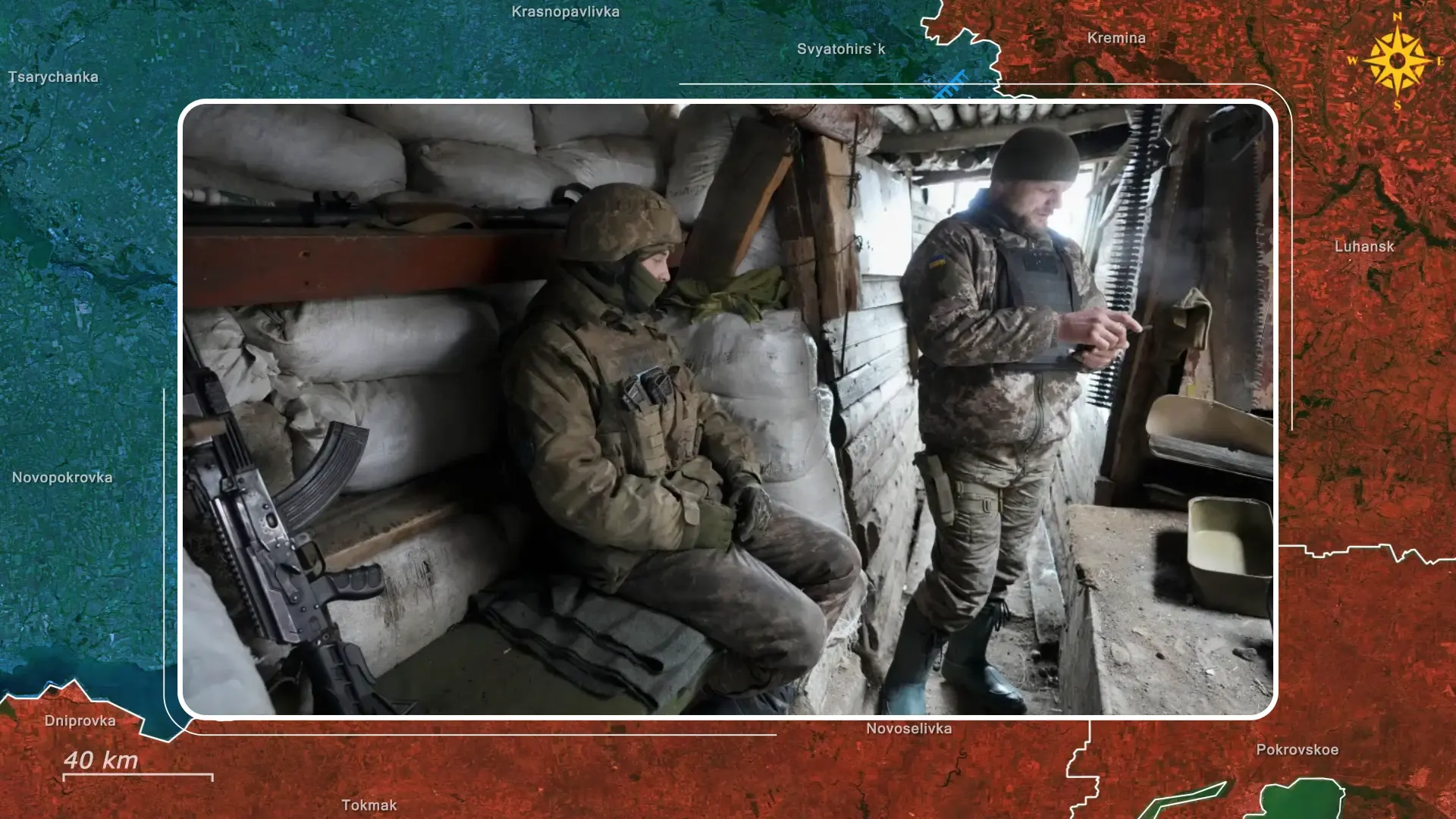
Camouflage is built into the structure itself, with netting, foliage, and even thermal covers used to distort heat signatures and conceal movement from aerial cameras. Communication routes between positions are narrower and zigzagged, while movements happen mainly at night or in fog to reduce visibility.


According to Tochnyi’s field analysis, trenches in Ukraine now function as a constantly shifting network rather than fixed front lines, with decoy positions and false entrances added to mislead surveillance drones and real ones frequently rebuilt or relocated once detected. Experts from CEPA describe the Ukrainian front as a laboratory of adaptation where soldiers incorporate counter-drone measures into nearly every aspect of field engineering.

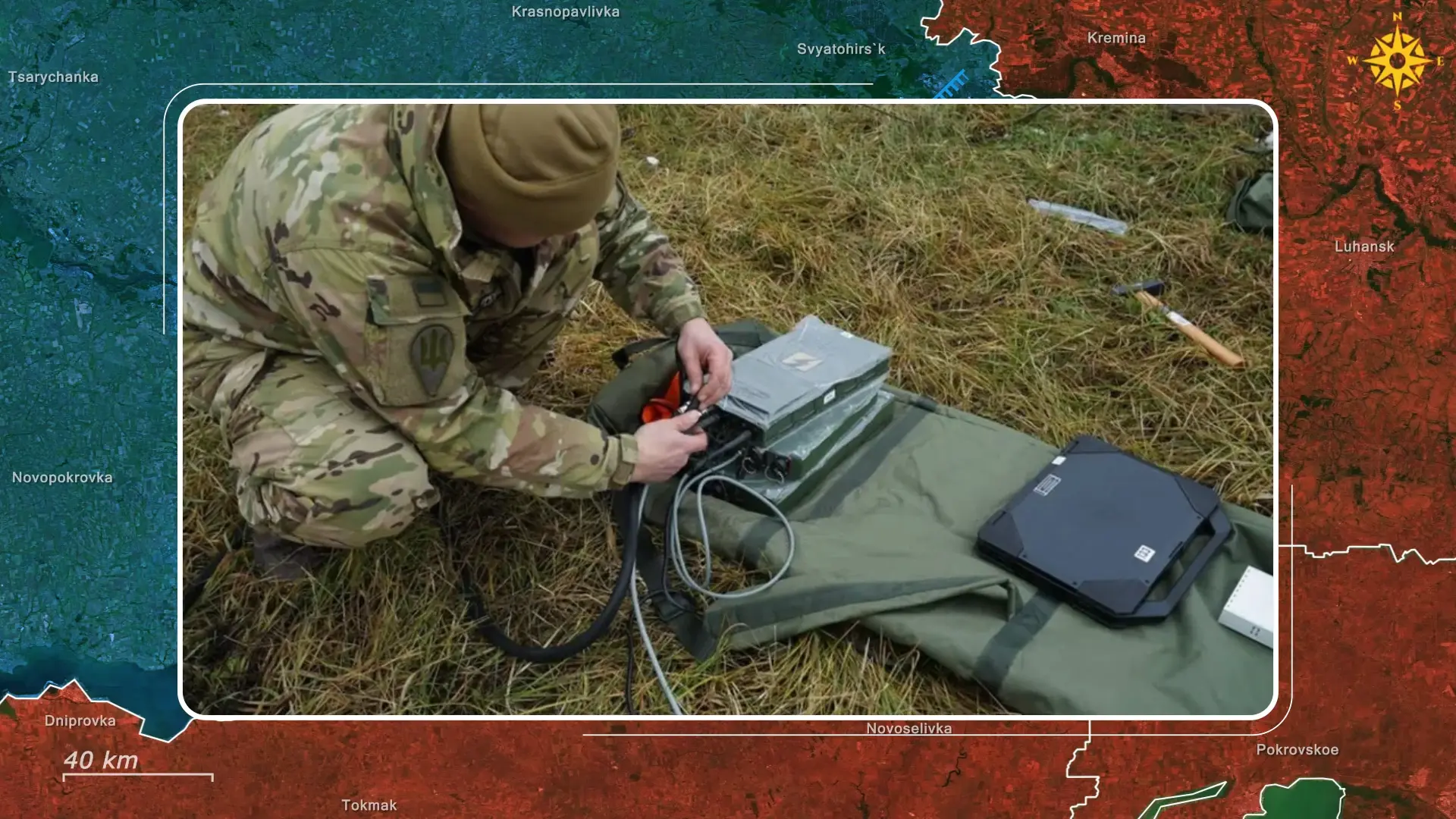
While portable jammers and other electronic defences are used across the front to interfere with drone control signals, the main defence lies in how trenches are now designed, concealed, and reinforced to survive observations and FPV strikes.

Overall, the transformation of trench warfare in Ukraine demonstrates how modern conflict evolves faster than the defenses built to withstand it. The same structures that once symbolized resilience and endurance now represent vulnerability in the face of technological dominance from the air. Soldiers dig and fight as their ancestors did, yet the weapons that seek them out no longer come from across the field but from the sky above. The future of warfare will depend not on how deep armies can dig, but on how quickly they can adapt to a world where survival depends as much on electronic awareness as on the soil beneath their feet.
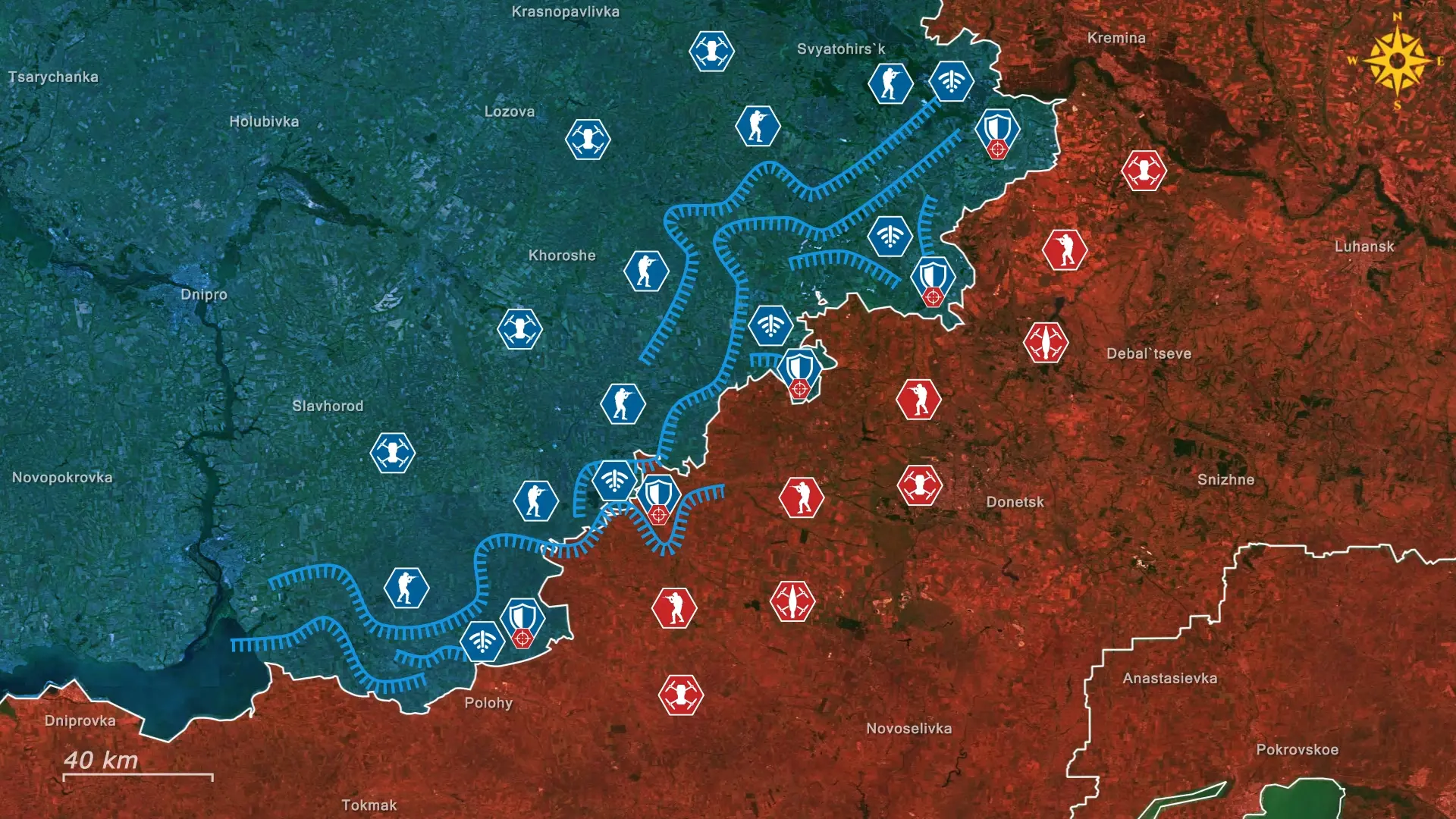









.jpg)



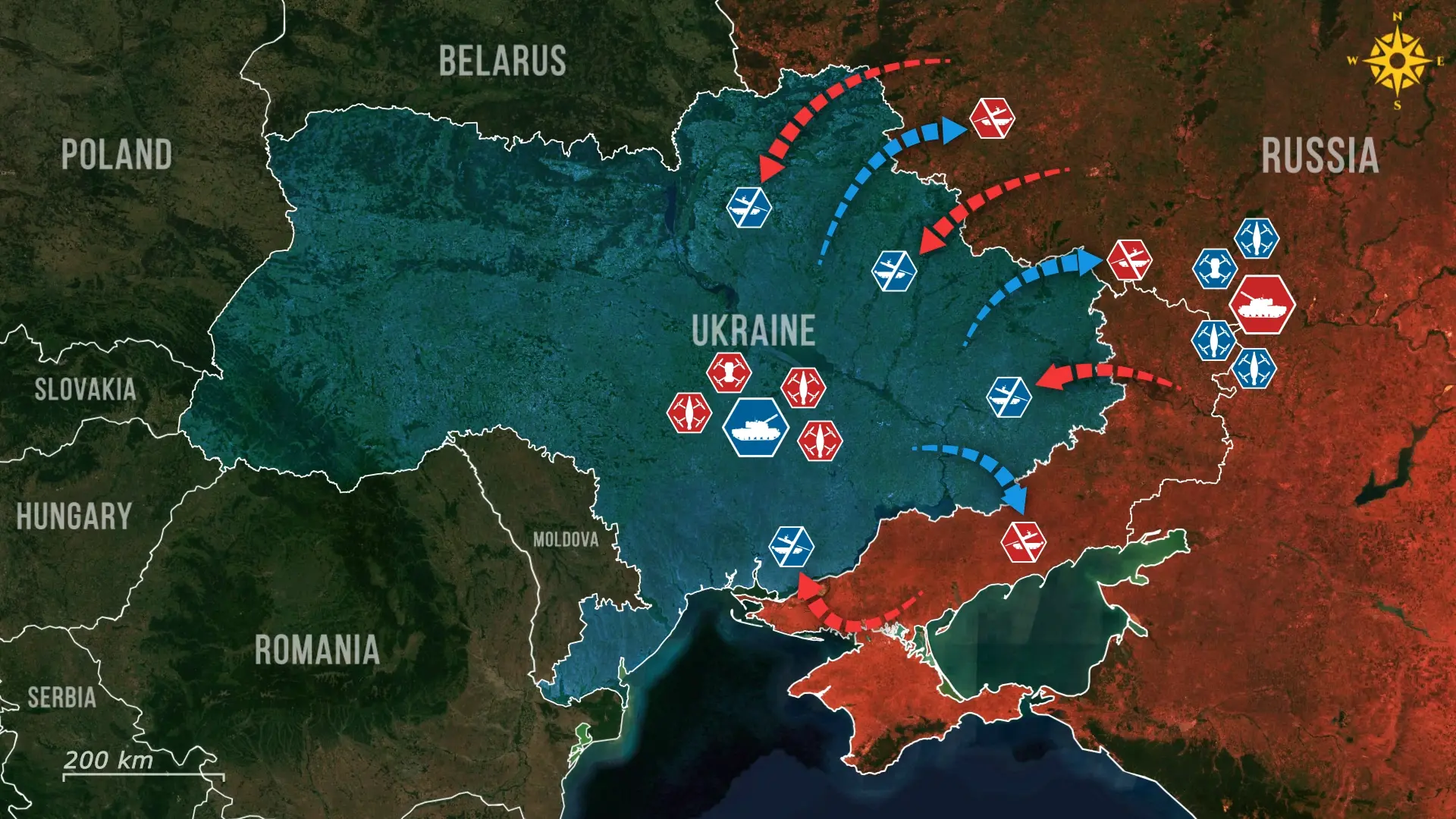
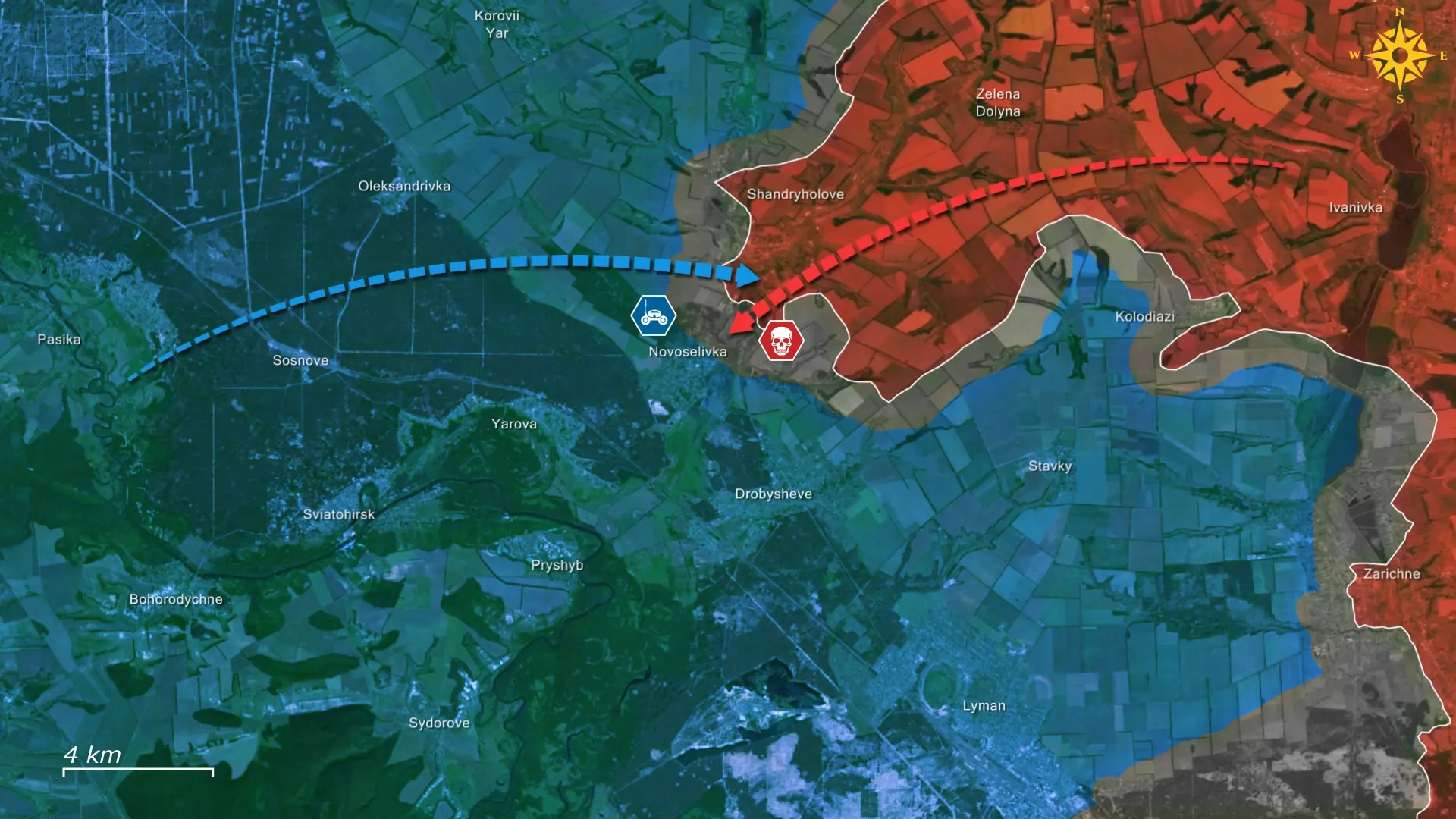
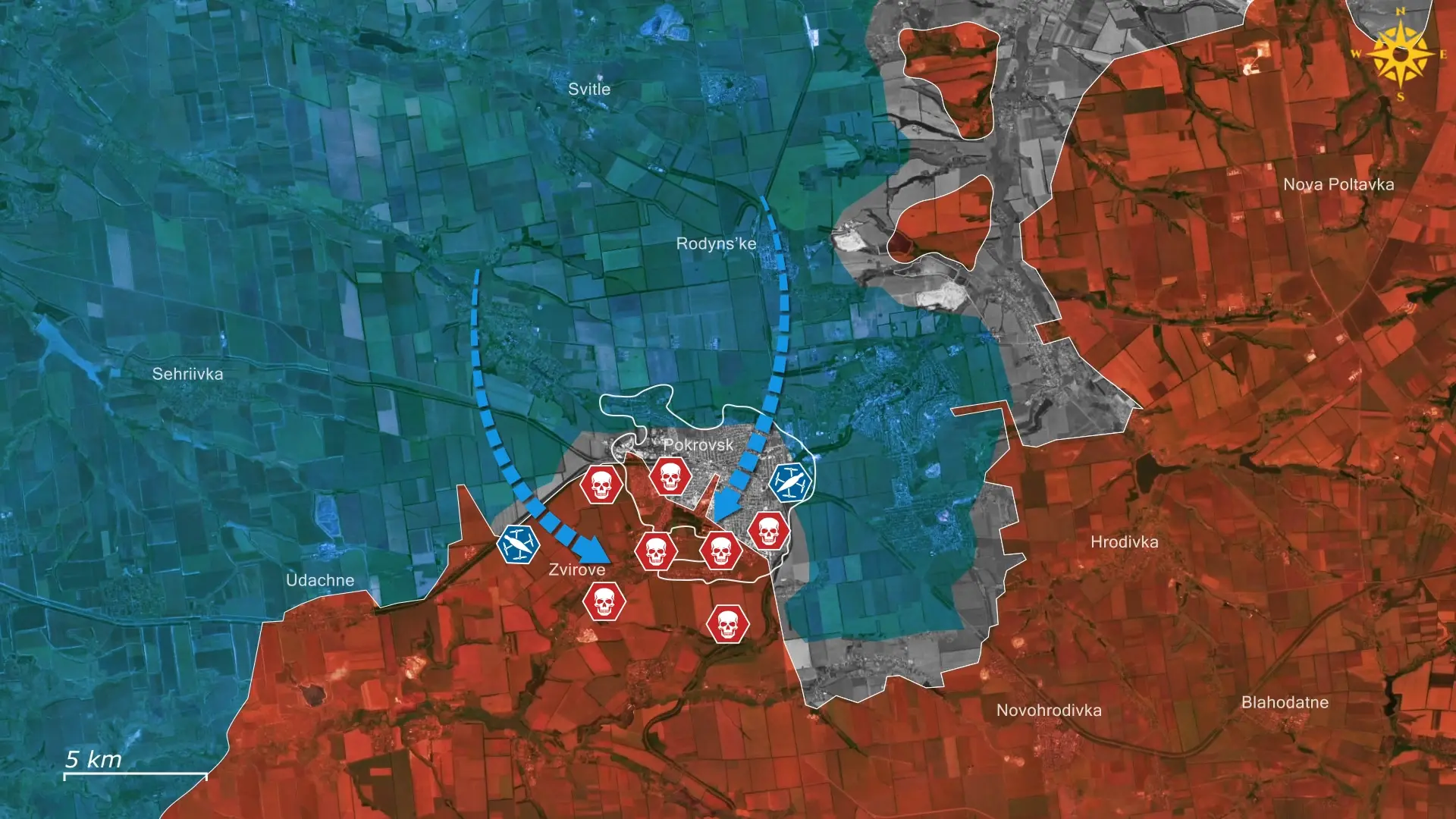
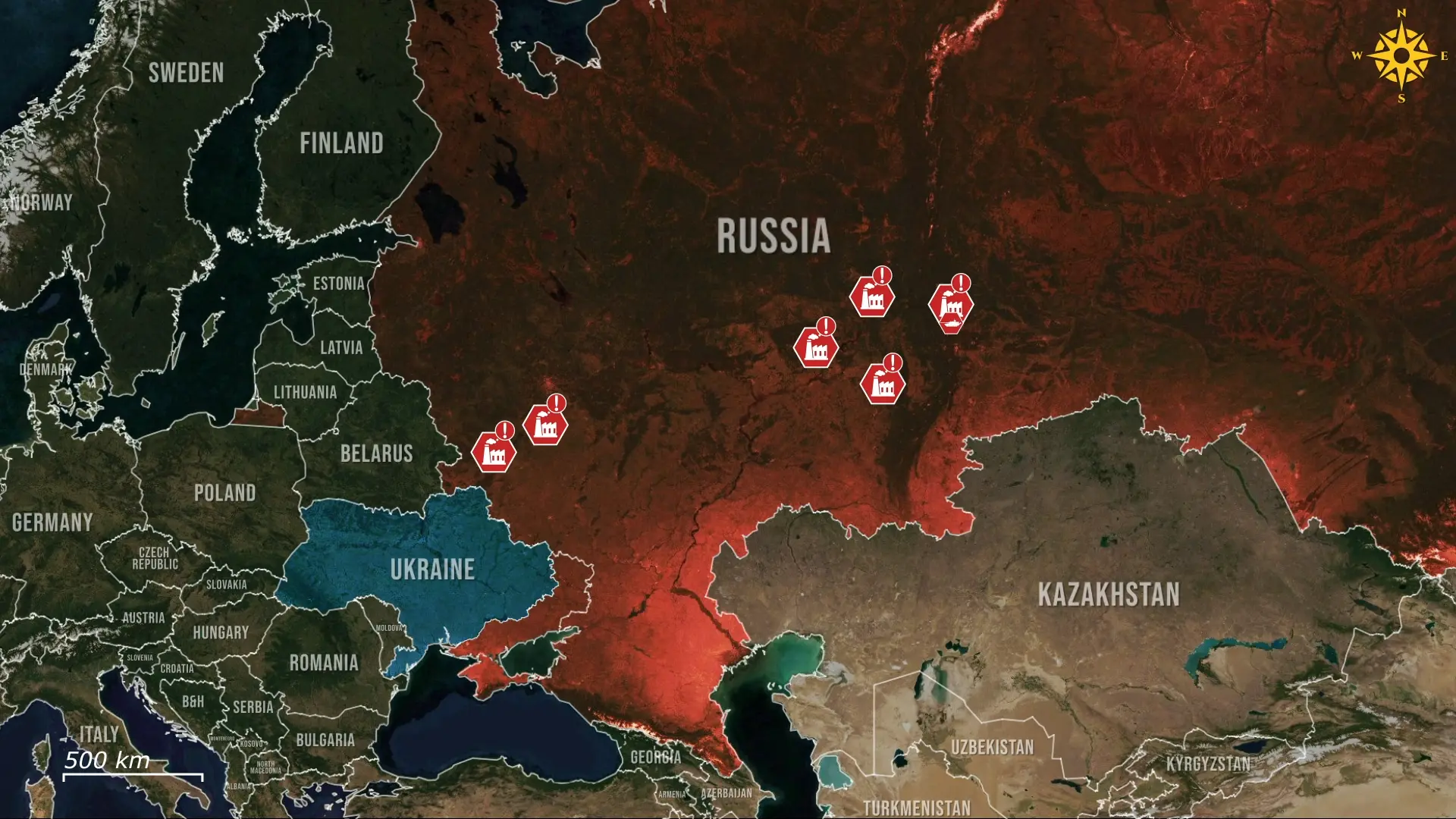
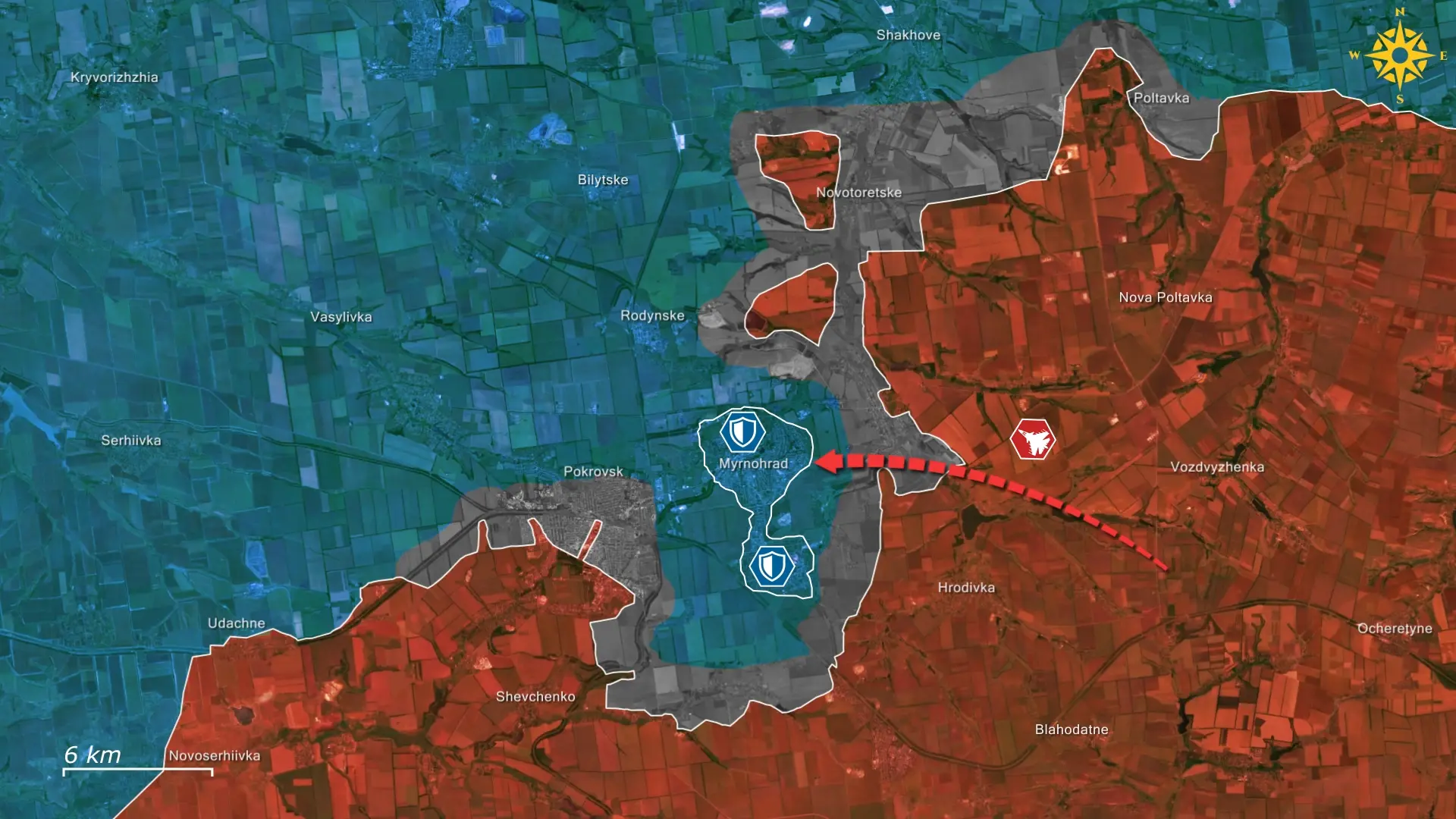
Comments